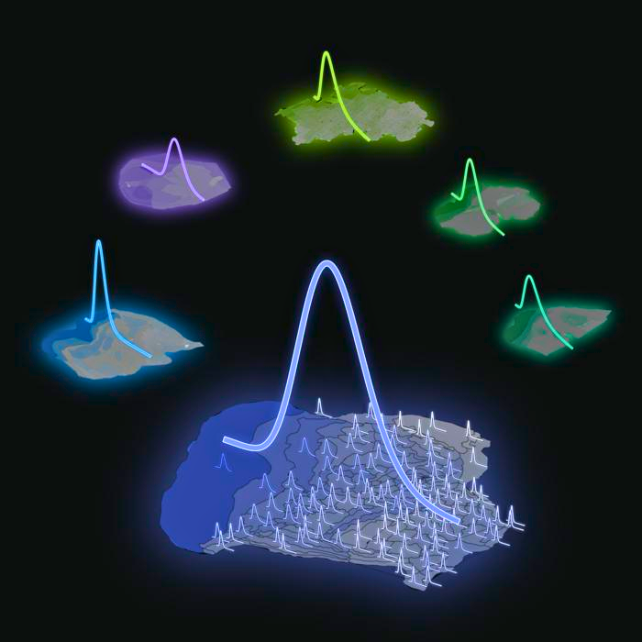
Scientists involved in the Human Brain Project have uncovered a mathematical principle dictating the arrangement of neurons within our brains.
This principle forecasts the distribution of neurons across various brain regions, offering a potential tool for scientists to construct accurate models, unravel the intricacies of brain functioning, and pioneer novel treatments for neurological conditions.
In the fascinating realm of statistics, when exploring a continuous random variable, the logarithm of that variable often conforms to a lognormal distribution. Characterized by mean and standard deviation, this distribution is akin to a bell-shaped curve, but with a broader span compared to a normal distribution.
Researchers from the Jülich Research Center and the University of Cologne in Germany have discovered that the quantity of neurons in specific regions of the outer neural tissue across various mammals aligns with a lognormal distribution.
Beyond the realm of mathematics, it’s crucial to note a fundamental difference between the symmetric bell curve of the normal distribution and the asymmetry with a pronounced right-skewed tail in the lognormal distribution. This asymmetry arises from numerous small values and a handful of substantially large values.

The distribution of population sizes across a country commonly follows a lognormal pattern, characterized by a handful of considerably large cities and numerous small towns and villages.
The configuration and operation of the brain hinge on both the quantity and arrangement of neurons. There is significant diversity in the neuron density across various regions and layers of the outermost tissue layer, known as the cerebral cortex.
The distribution of neuron densities influences the network connectivity,
says neuroscientist Sacha van Albada of the Jülich Research Center.
For instance, if the density of synapses is constant, regions with lower neuron density will receive more synapses per neuron.
While the statistical distributions of neuron densities remain mostly unexplored, research has uncovered captivating revelations about the cellular tissues within our brains.
For their study, the team leveraged nine open-source datasets encompassing seven distinct species: mouse, marmoset, macaque, galago, owl monkey, baboon, and human. Upon comparing neuron densities across various cortical regions, a consistent lognormal distribution pattern surfaced.

Our results are in agreement with the observation that surprisingly many characteristics of the brain follow lognormal distributions,
the authors write in their paper.
A lognormal distribution naturally arises from processes involving multiplication, analogous to how a normal distribution emerges from the summation of many independent variables.
One reason why it may be very common in nature is because it emerges when taking the product of many independent variables,
says Alexander van Meegen, who co-led the research as part of his PhD in computational neuroscience at the Jülich Research Centre.
According to the researchers, the organization of the cortex might result from developmental or evolutionary processes unrelated to computation.
However, prior research indicates that variation in brain neural networks is more than a mere byproduct and may actively contribute to animals’ ability to learn in dynamic environments. The consistent presence of the same organization across different species and throughout most cortical areas implies that the utilization of the lognormal distribution serves a purpose.
We cannot be sure how the lognormal distribution of neuron densities will influence brain function, but it will likely be associated with high network heterogeneity, which may be computationally beneficial,
explains co-lead author Aitor Morales-Gregorio, a computational neuroscientist at the Jülich Research Centre.
Researchers anticipate that this revelation will provide insights into the mechanisms of information storage, retrieval, and the acquisition of new knowledge within the brain. The continual pursuit of effective treatments for brain diseases has the potential to open avenues for developing novel drugs targeting specific brain regions.
The Human Brain Project‘s decade-long initiative to establish a collaborative research infrastructure enhancing neuroscience, computing, and brain-related medicine is concluding, yielding some intriguing discoveries along the journey.
The research findings have been documented in Cerebral Cortex.





